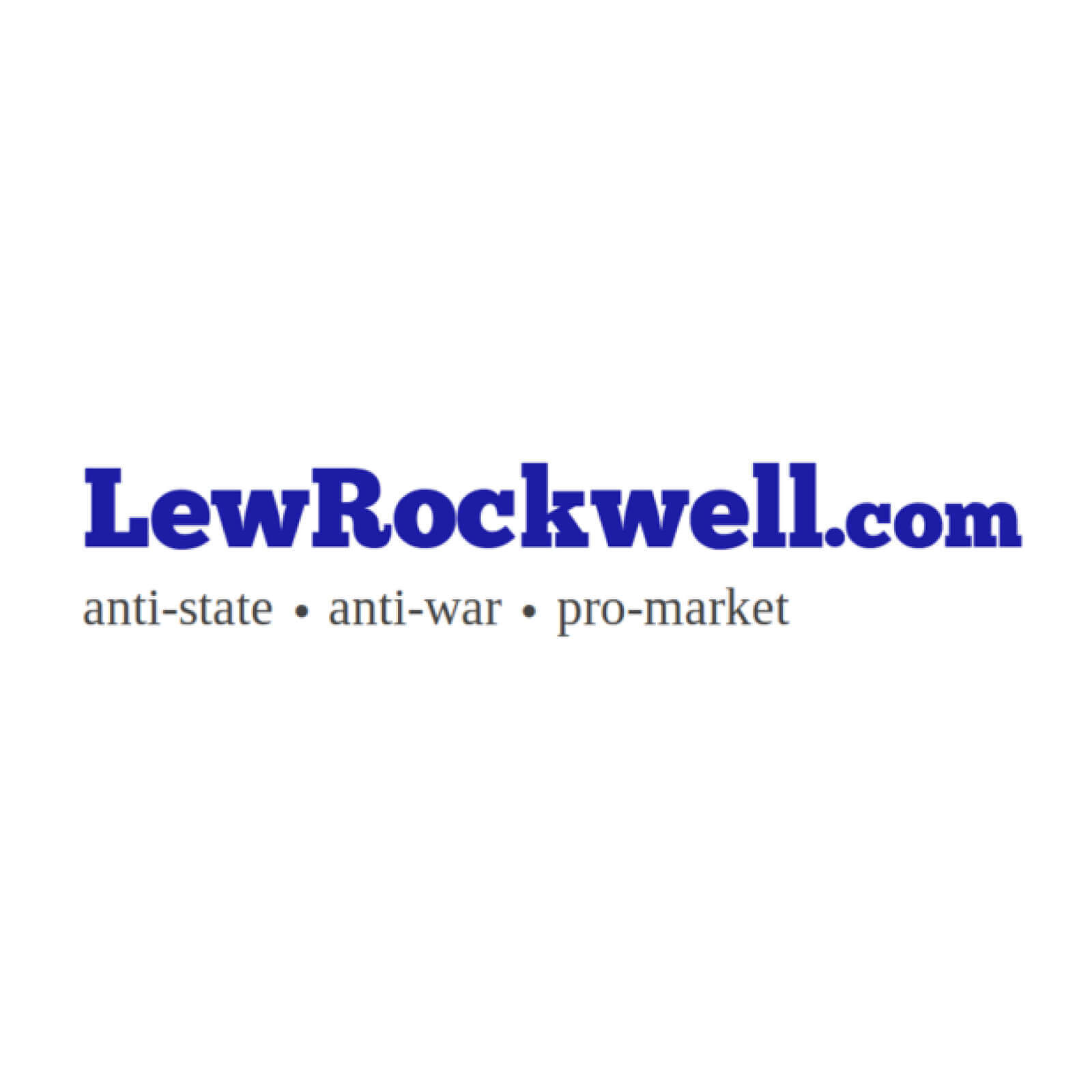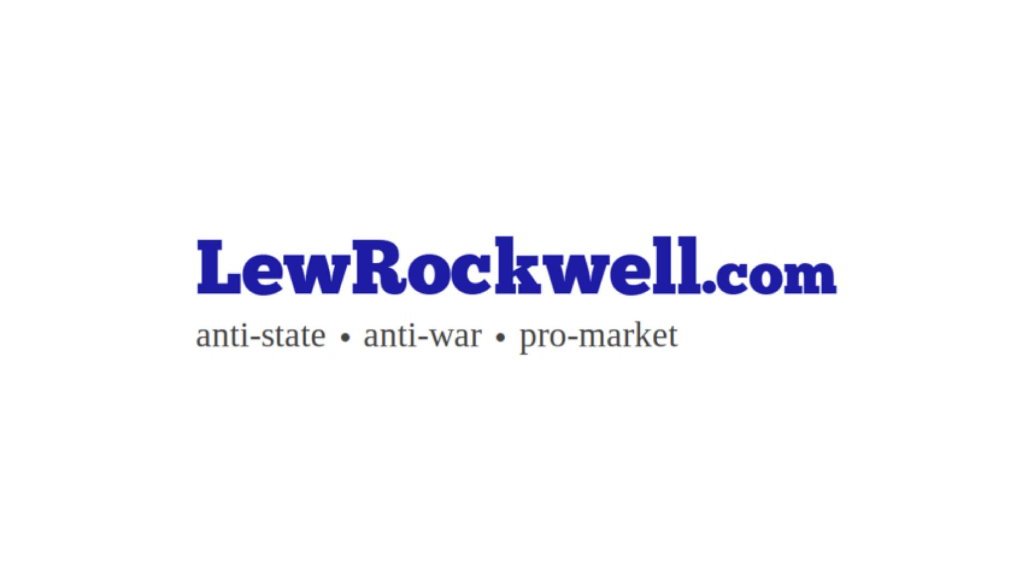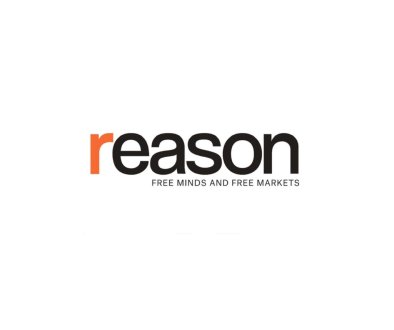My Time in the Reagan Administration
When I was an economics professor, I often wondered if what my faculty colleagues and I were teaching students about economic policy had any validity. I left Stanford University, went to Washington, D.C., and joined the congressional staff in order to experience how policy is made. In the House, I helped Rep. Jack Kemp introduce supply-side economics to his colleagues. I became chief economist of the House Budget Committee on the Republican side, and then staff associate for Senator Orrin Hatch on the Joint Economic Committee.
My success in explaining to Congress that there was an alternative to Keynesian demand management, which had no solution for stagflation, led to President Reagan appointing me assistant secretary of the Treasury for economic policy. Having learned how policy is made (and unmade), I now had the assignment to implement a new one.
The story of my experience is useful to economists. As one of my graduate professors, Ronald Coase, used to tell his class, “It would help economists to occasionally look outside the window of the box they keep themselves in.”
The conflict between merit and redistribution that is characteristic of the American political system and the influence of established explanations are not the only problems confronting a policymaker, especially if he is introducing a new approach. As Niccolò Machiavelli wrote in The Prince, “There is nothing more difficult, more perilous or more uncertain of success than to take the lead in introducing a new order of things.”
Intra-party Power Struggles, Not Economics, Are the Main Influence on Policy
One of the many problems a policymaker faces is that policies affect different interest groups in different ways. Some benefit, some don’t, and I don’t mean just in a material or economic way. Most of the things that influence economic policy have nothing to do with economics. They have to do with power. The party establishments that control the parties intend to stay in control. The organized interest groups that control the party establishments intend to continue in control.
Few Americans understand that the main political fight is not between the two parties but within the administration of the party in power. Within the parties the fight is over who controls the party. When the fight is between the establishment and a populist rival like Ronald Reagan or Donald Trump, it can get very nasty.
During the first year of the Reagan administration, much of the battle was between President Reagan and his Treasury allies (primarily me and Secretary Don Regan) on one side and Reagan’s chief of staff, Jim Baker, chairman of the Council of Economic Advisers, Murray Weidenbaum, and Office of Management and Budget (OMB) director David Stockman on the other.
The fight within the Reagan administration had its origin in Reagan taking the Republican nomination for president away from the establishment’s candidate, George H. W. Bush, former CIA director. Reagan was considered an outsider, and he was “dangerous” because the Republican establishment could lose its grip on the party to a populist whose basis was in the people and not in the organized interest groups.
Reagan was advised that he must take the defeated George H. W. Bush Republican establishment into his administration or suffer the fate of Barry Goldwater, who rejected Nelson Rockefeller after he defeated him in the Republican presidential nomination. Consequently, the Republican establishment helped the Democrats defeat Goldwater, the Republican populist candidate.
Nancy Reagan judged by appearances, and Bush’s man, Jim Baker, a polished dresser, presented to Nancy a better image than Reagan’s laidback California crew to be standing by her husband. Baker was appointed chief of staff. So, from the start Reagan and his supporters in the administration were handicapped by an establishment operative being chief of staff of the Reagan Revolution.
Only Reagan had offered a solution to the problem of “stagflation.” It was called supply-side economics. Lacking a solution to offer during the campaign for the nomination, Bush termed Reagan’s policy “voodoo economics.” This, of course, played into the hands of the Democrat opposition and the liberal media determined to undermine President Reagan as a Grade B movie actor who believed in fairy tales about tax cuts paying for themselves.
Supply-Side Economics and Its Foes
The aspersion Bush cast on Reagan’s policy had some traction in Republican ranks because of Republicans’ traditional fear of budget deficits. Republicans such as Bob Dole and George H. W. Bush believed that budget deficits resulting from reduction in taxes would stimulate consumer spending, raise inflation and interest rates, crowd out private investment, and worsen the stagflation that emerged from Keynesian demand management during the Carter administration. Traditional Republicans had been well indoctrinated by Keynesian economists—whom, paradoxically, the Republicans opposed—that fiscal policy such as reductions in tax rates only affected the demand side of the economy. They believed that a tax rate reduction could only add to inflationary pressures by adding to consumer demand.
Many on Wall Street saw it the same way as Federal Reserve chairman Paul Volcker. The two main Wall Street economists—Dr. Doom and Dr. Gloom (Henry Kaufman and Albert M. Wojnilower)—stayed busy at work creating hysteria over the “coming Reagan deficits.”
Volcker was also obsessed by the belief that the deficits resulting from the tax rate reduction would fuel the already high inflation. Volcker’s concern was apparent in Treasury’s meetings with him. The Treasury found Volcker immune to under- standing the administration’s assault on stagflation by shifting the aggregate supply schedule instead of the aggregate demand schedule. The Treasury asked Volcker to gradually reduce the growth rate of money as the tax rate reductions, delayed at Stockman and Weidenbaum’s insistence, came into effect.
Having attended Volcker’s meeting with his outside advisers, I advised Secretary Regan that Volcker, fearful of being blamed for the higher inflation he believed the tax rate reduction would cause, would throw on the monetary brakes and into recession we would go before the tax rate reductions would go into effect. As OMB director, David Stockman was relying on inflation to offset the effect on tax revenues of the tax rate reduction (the tax system was not indexed at the time of Stockman’s forecasts) and thus balance the budget; the deficits implicit in Stockman’s inflation assumption and in Volcker’s monetary policy would be blamed on Reagan’s supply-side policy, which economists considered a threat to their investment in Keynesian macroeconomics. Ears would be closed to the Treasury’s explanation. The Treasury, lacking a dynamic revenue model, used the static revenue forecast that a dollar of tax cut would lose a dollar of revenue and, therefore, spelled out the deficits. Stockman hid the deficits with his high inflation forecast. Volcker then collapsed the money supply, and the drop in nominal GNP exposed Stockman’s deficits. A dishonest liberal media blamed the deficits on a mythical Treasury claim, a claim which it never made, that the tax cuts would pay for themselves.
Art Laffer and Jude Wanniski talked at times of tax cuts paying for themselves by expanding the revenue base. Walter Heller made the same point in behalf of the Kennedy tax rate reductions. In testimony before the Joint Economic Committee of Congress on February 7, 1977, Heller, chairman of the Council of Economic Advisers in the Kennedy administration, said: “Did it [the Kennedy tax rate reduction] pay for itself in increased revenues? I think the evidence is very strong that it did.” Economists with a redistributive agenda, hostile media, and politicians attributed statements made by Laffer and Wanniski to the Treasury and to Reagan. Laffer and Wanniski were trying to calm Republican fear of budget deficits by pointing out that incentives can improve the tax base. The Laffer Curve does not say tax cuts pay for themselves. It merely illustrates that there are two tax rates that will produce the same revenues: a high tax rate on a small base and a low tax rate on a large base.
Walter Heller, who as chairman of the Council of Economic Advisers had championed President Kennedy’s large reduction in tax rates, said that Reagan’s similar tax rate reduction would inject too much inflationary purchasing power into the economy and asked
Article from LewRockwell

LewRockwell.com is a libertarian website that publishes articles, essays, and blog posts advocating for minimal government, free markets, and individual liberty. The site was founded by Lew Rockwell, an American libertarian political commentator, activist, and former congressional staffer. The website often features content that is critical of mainstream politics, state intervention, and foreign policy, among other topics. It is a platform frequently used to disseminate Austrian economics, a school of economic thought that is popular among some libertarians.



